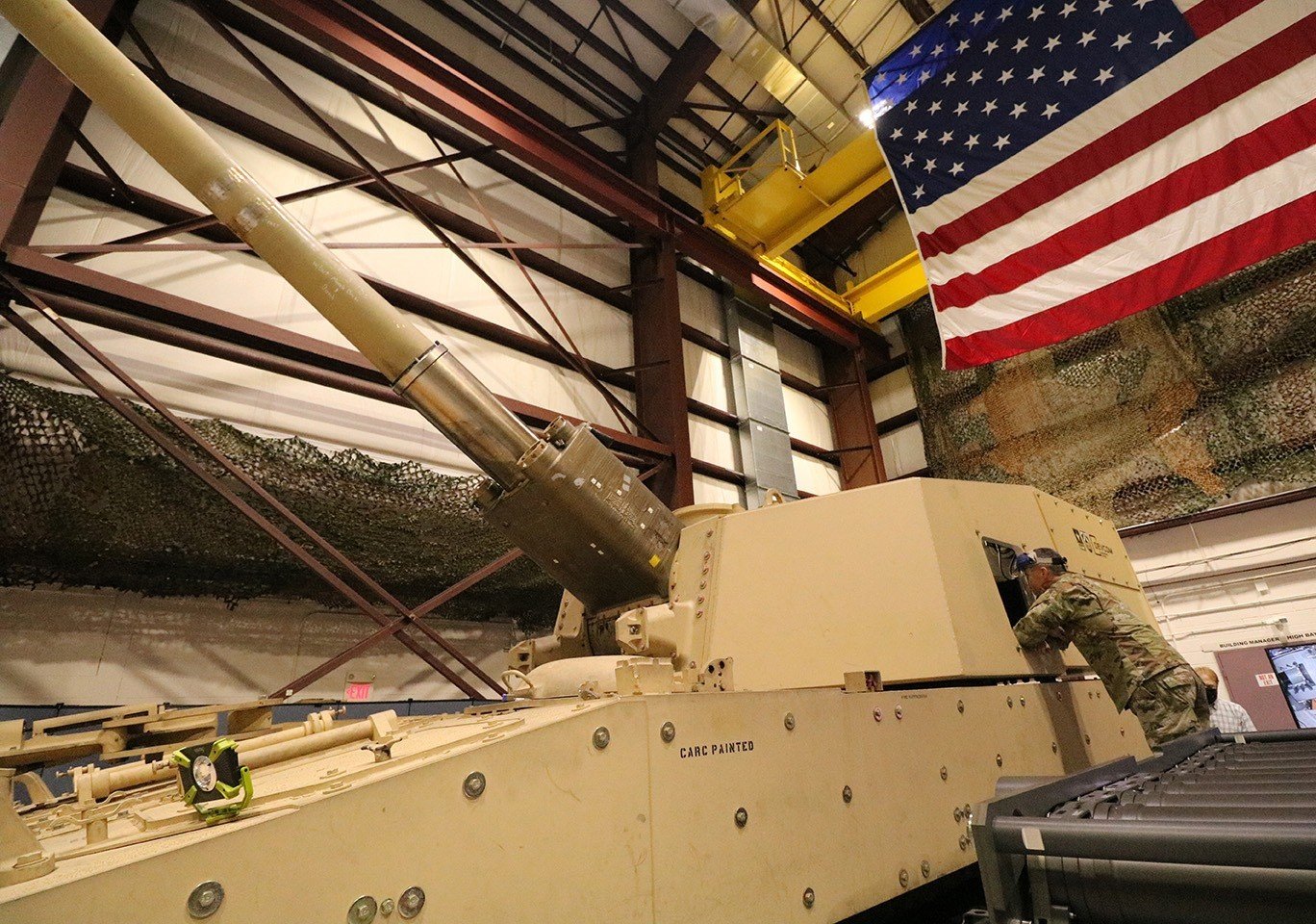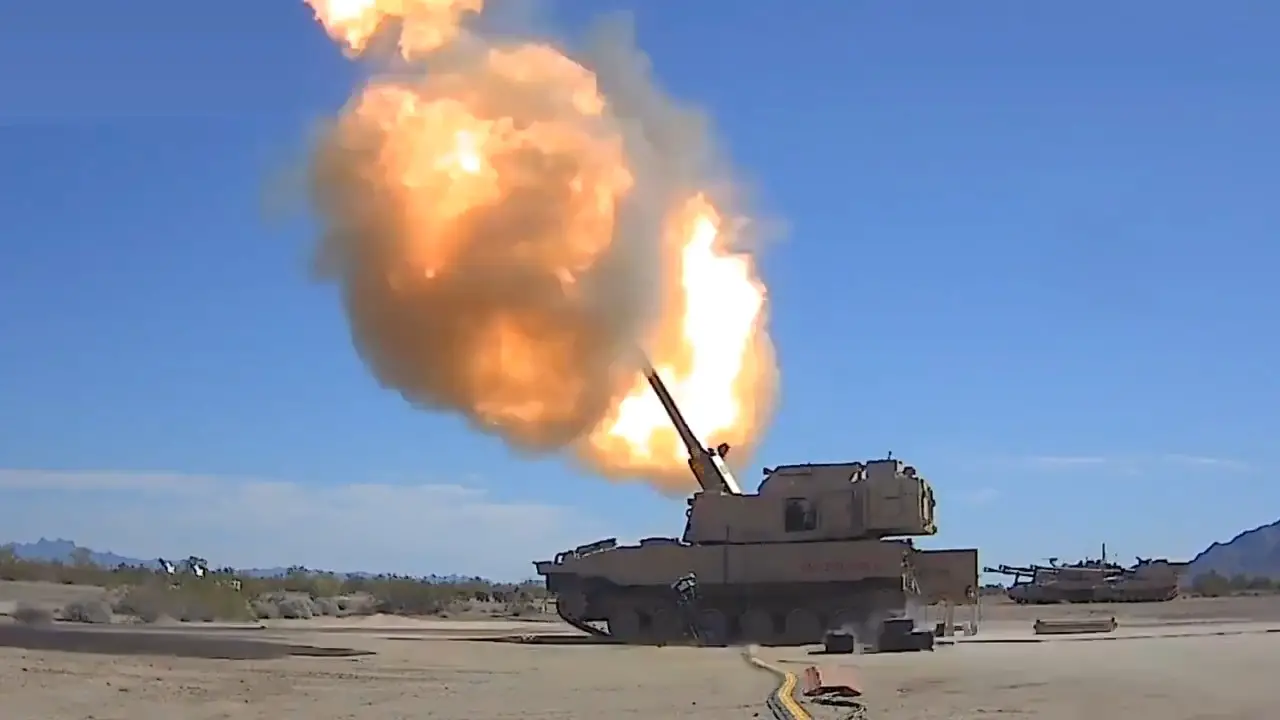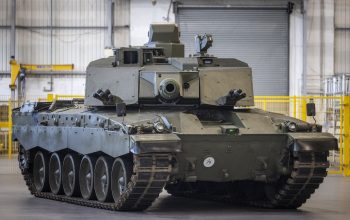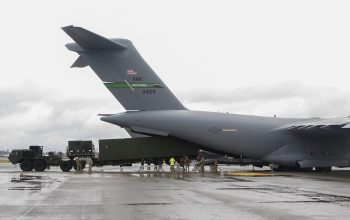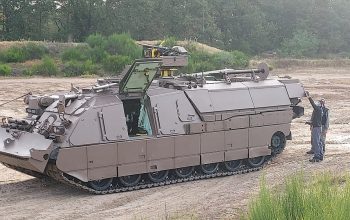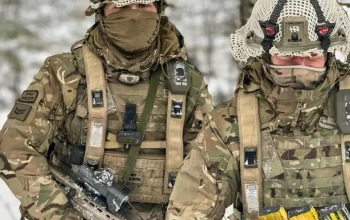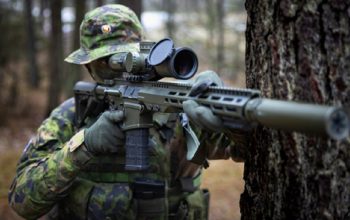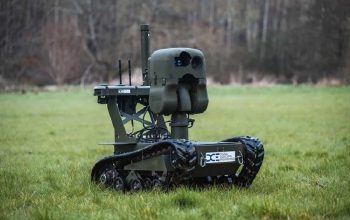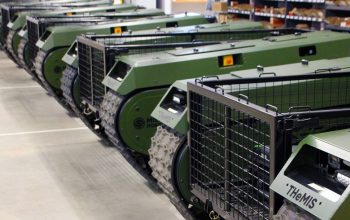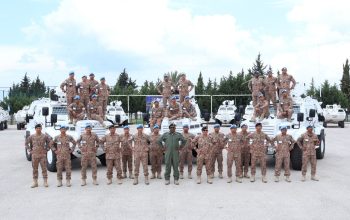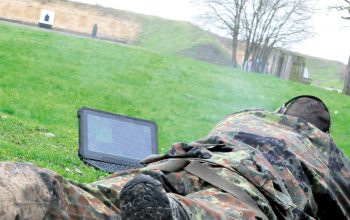After a successful live-fire test of the U.S. Army’s US Army Extended Range Cannon Artillery (ERCA) System limited-capacity autoloader at Yuma Proving Ground in June 2019, the Picatinny engineers who developed it have refined a faster autoloader and have succeeded in conducting its initial trials here, December 15-22. Development of the ERCA autoloader capability is notable because it would enable the cannon to fire at significantly faster rates, enhance lethality, and it may set the stage for future “optionally manned” artillery battery configurations where fewer – or possibly no Soldiers – would be required at the cannon during firing operations. The ERCA effort is nested within the Army’s top Modernization Priority, Long Range Precision Fires (LRPF). The Long Range Precision Fires Cross Functional Team (CFT) has set plans in motion for a two phased capability improvement by first providing the Soldier a self-propelled howitzer with increased range, followed by an increase to rate-of-fire. The U.S. Army Combat Capabilities Development Command (DEVCOM) Armaments Center at Picatinny Arsenal, N.J., is leading the ERCA design effort.
Cannon loading requires selecting the right type of projectile and fuze to deliver the desired effect to the target and selecting the right propellant to match the required distance. First, the fuze is set. Next, the projectile and then the charge are loaded into the cannon’s tube, the breech is closed and the cannon is ready to fire. The autoloader is a machine that performs these well-orchestrated tasks, which have historically been performed by cannon crew members. The autoloader can attain a rate of fire that is 2-3 times faster than a cannon crew, with limits to duration such as the cannon tube overheating. In November 2018, an earlier variant of the ERCA, the XM1299 howitzer, fired projectiles out to 72 kilometers at Yuma, the farthest-reaching shots ever made by U.S. Army howitzers, and more than double the reach of currently fielded Army artillery systems. The ERCA prototype outfitted with a limited capacity autoloader, loaded five mass simulator high velocity projectiles and five prototype XM657 Extended Range Supercharge propellant charges, and successively fired a five-round cannon “burst” downrange at a rate of seven-rounds-per-minute.
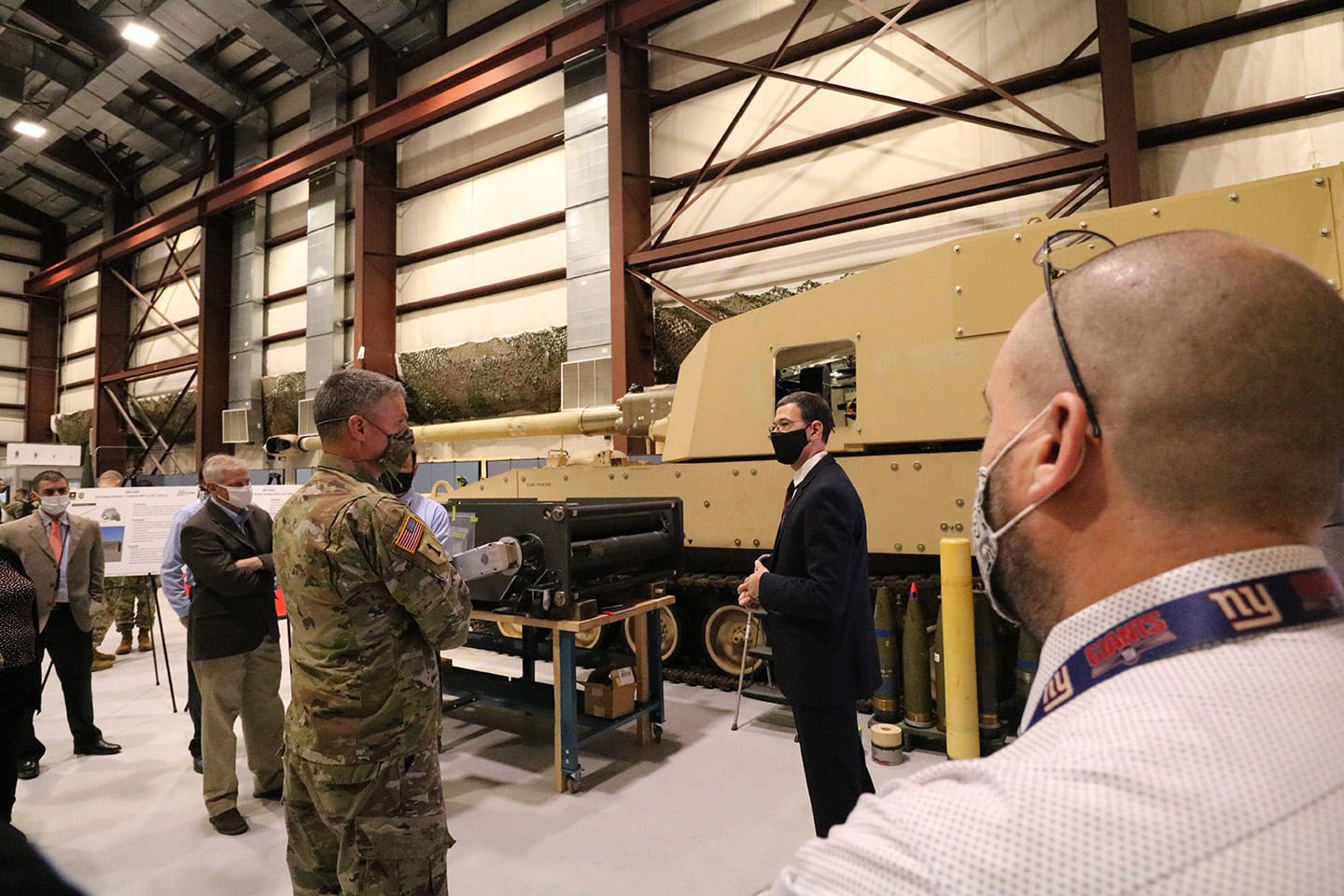
The limited capacity autoloader was designed to handle only one type of projectile and charge, and it worked with a limited capacity magazine, according to Lee. It was built to validate key aspects of the engineering approach during the march toward the objective autoloader, and the tests allowed the team to verify that key components would work as intended in realistic conditions, while close observation of its performance would inform future autoloaders. Next up, according to Lee, was building and demonstrating the objective capacity autoloader, which will be able to load and manage a suite of the Army’s legacy and emerging fuzes, propellant charges and projectiles, and it will work with larger capacity magazines. It is a more complex machine because projectiles, fuzes and propellant charges come in different shapes, sizes, and weights, which requires the autoloader to handle a range of configurations to execute a fire mission. Also, the newer autoloader must deliver at a higher rate while working in synchronization with the larger magazines.
The ERCA system’s development emerged as a formal research effort – known as a “STO” for Science and Technology Objective – following a 2013 study that assessed next-generation artillery. According to Lee, the main takeaway from the onset of the effort was that significantly increased range coupled with increased rates of fire was technologically within reach, and it would be a “game changer” for cannon artillery. Along with the autoloader, prominent elements of the ERCA program include the XM1113 Rocket Assist Projectile and XM659 Stub Charge, which have been formally transitioned and are now managed by Project Manager Combat Ammunition Systems (PM CAS). There are also several versions of the “Supercharge” in various stages of development to support an increased range capability.The cannon features a sliding block breech built to withstand the immense pressure of the supercharge and a cannon tube made with new alloys formed to a 30-foot length, which enables a projectile’s velocity to continue increasing inside the cannon tube before exiting.

The ERCA armaments are fitted on an M109A7 “Paladin” chassis to form the self-propelled ERCA system. After the June tests, the ERCA project teams had demonstrated independently both the interim range and rate-of-fire goals that were established during the STO phase. The ERCA Integration Team is in the final stages of informing the LRPF CFT’s Increased Rate of Fire capability with the XM1299E1 ERCA system, which is now integrated onto a M109A7 chassis with an optimized cab and full-capacity autoloader. Two more demonstrations are planned for fiscal year 2021 that will further validate autoloader technologies and with greater rates of fire. The December tests were part of the preparations for those demonstrations. In the tests, the engineers successfully fired multiple rounds using the objective capacity autoloader at Picatinny’s Ballistic Evaluation Center. It was the second time Picatinny facilities have live-fired integrated autoloader technologies from a Paladin platform, the first being a limited capacity auto loader demonstration in June of 2019.
The Extended Range Cannon Artillery (ERCA), designated the M1299, is an American prototype self-propelled artillery cannon developed in 2019 by BAE Systems. It is based on the pre-existing M109A7, and was primarily designed for the purpose of improving the M109’s effective range. During tests conducted in 2018, the M777 howitzer was able to double its range, being able to hit targets at over 37 miles (60 km) away, through the usage of supercharged propellant and rocket-assisted projectiles. Using the same principles, the Extended Range Cannon Artillery was developed. BAE Systems was given a $45 million contract in 2019 to incorporate the ERCA’s cannon into a M109 chassis, which was unveiled at that year’s Association for the United States Army (AUSA). In 2020, the ERCA successfully hit a target at 43 miles (70 km) away, believed to be the longest distance precision guided shot in history, and over double the maximum range typically achieved by an M777 using the same round. According to the United States Army, the ERCA is planned to be completed in 2021, to enter service in 2023, and to be fitted with an autoloader in 2024.
